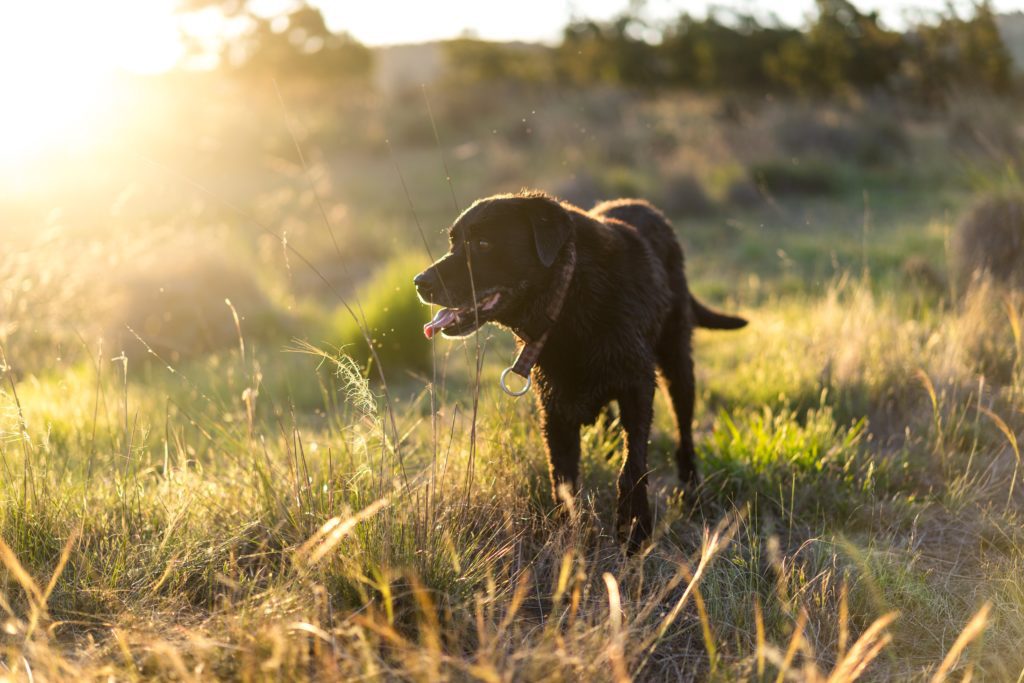 Why do they call the period between the beginning of July and middle of August the “dog days of summer”? Because dogs love this time of year. Ok, that’s not really why, but it makes sense to any owner whose pet rushes outside at the first whiff of warm weather – and doesn’t want to come back in until the first snowflake falls. Or at least until he gets hungry. But, sometimes, summer hurts. What happens when your dog tries to “make friends” with a bee – and ends up stung?
Why do they call the period between the beginning of July and middle of August the “dog days of summer”? Because dogs love this time of year. Ok, that’s not really why, but it makes sense to any owner whose pet rushes outside at the first whiff of warm weather – and doesn’t want to come back in until the first snowflake falls. Or at least until he gets hungry. But, sometimes, summer hurts. What happens when your dog tries to “make friends” with a bee – and ends up stung?
Buzzzzz…. Ouch!
Here’s the good news: when most dogs are stung, it is painful. You’re waiting for the good part of the good news, right? Here it is: it is just painful or irritating for a few moments, and that’s it. Chances are that your pup will be back sniffing flowers and enjoying summer in no time.
In some cases, the bee may have left its stinger behind. (Most of the time, this is far, far worse for the bee than for your dog). If you see the stinger:
- Try scraping it gently with a piece of cardboard or your fingernail. Do not use tweezers.
- If the sting appears to bother your dog or you notice swelling, mix baking soda and water and apply to the area.
Your dog may experience swelling. If he is in good health, consider giving him diphenhydramine (Benadryl). You can give up to 1 milligram per pound of body weight. If your dog is very small, try a children’s formula. Make sure there are no other ingredients (such as sleep aids).
This should be the extent of the misadventure, but just in case, keep an eye on your pet. Be on the lookout for:
- Swelling (particularly if it does not abate after several days).
- Lethargy or weakness.
- Difficulty breathing.
These are big red flags, and you should seek veterinary assistance immediately. Your vet may advice you to give your dog a dose of diphenhydramine and then come in to the office right away.
When To Call the Vet – STAT
The ASPCA recommends immediate action if your dog is stung:
- Multiple times. This can severely damage his kidneys.
- In the mouth. Stings here can cause the tongue to swell and throat to close.
Both of these situations can be life-threatening and warrant an emergency trip to the veterinarian. The vet may administer an antihistamine, steroid, or other treatment.
Bee Careful
Can you keep your dog from being stung? Well, you can try!
- Skip the floral perfumes or deodorants. This can attract bees, who mistake you for a flower bed.
- Stay away from flowers and other areas that buzz. Bees are integral to agriculture and horticulture; we should appreciate them – and leave them bee.
- Walk during cooler times of day. Bees are more active during the hotter times of day (midday). Schedule walks and playtime for cooler periods – which is better for dogs too!
And to prepare for the stings you can’t prevent, ask your vet about a safe, effective diphenhydramine product that you can have on hand.
For most dogs, bee stings are a temporary irritation. For some, they can be real health hazards. Try to keep your dog out of the bees’ way, and if you can’t, watch them closely for signs of an allergic reaction. Your vigilance is his best defense.


